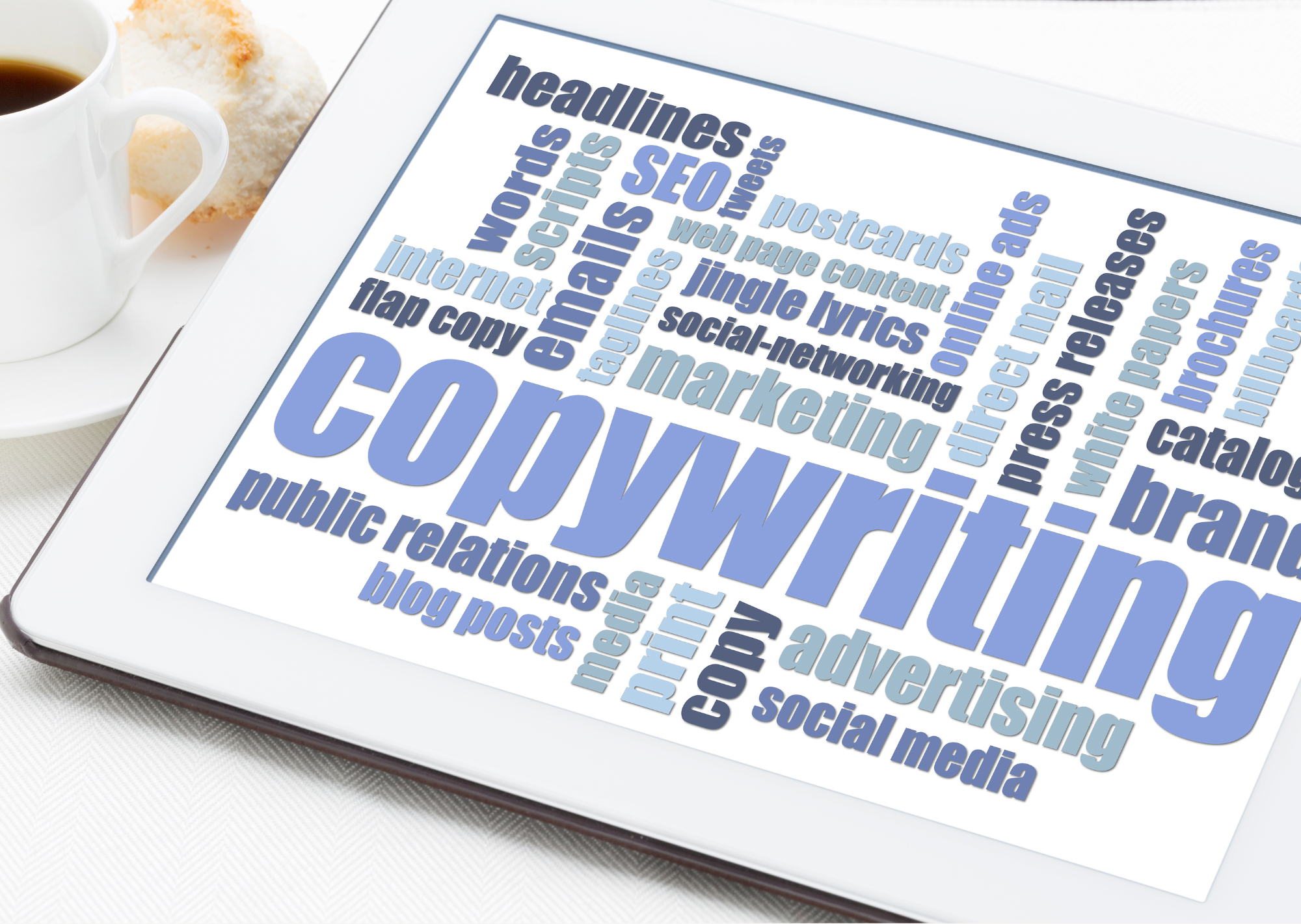Persuasive writing is an incredibly powerful tool, especially when it comes to marketing your small business. It enables you to nudge customers gently through the marketing funnel, encouraging them to the desired action that you have in mind.
When you’re writing copy for your business – whether it be in a marketing email, on your website on in your social media posts – ensuring that you’re utilising the fundamentals of persuasive writing is key.
But how can you be persuasive without your content sounding like a sales pitch? And how can you make persuasive writing work for your business?
The Fundamentals of Persuasive Writing for Your Business
1. Understand your audience
Your audience holds the key to how effective your persuasive writing attempts will turn out. It’s difficult to persuade an audience to do something if you don’t know that audience inside out.
With this in mind, take some time to really get to know your audience. What are their pain points and desires? Why might they be interested in your business specifically? What is it that is going to encourage them to engage?
Use tools like Answer the Public or social media to determine who your audience is and what makes them tick to work out how best to persuade them in your marketing copy.
2. Benefit Over Features
Giving your customers lots of information about the features of your product or service is helpful, but not particularly persuasive.
For example, imagine you’re trying to sell a pencil. It’s hexagonal in shape and you’ve identified that fact in the product description. But why does it matter? To highlight the benefit of the shape of that pencil, think about your audience. If that pencil was hexagonal to stop it from rolling off their desk, does that solve a problem for them? Probably!
Highlighting the benefits of your features or products in a relatable way that seemingly solves an issue for your specific target audience is far more persuasive than throwing information at them.
4. Use Vivid Language
It’s easy to get caught up in the idea that all copy for your business needs to be professional because that’s the way you want to come across. There’s a tendency to strip it of personality or imagery to give it that serious ‘we know what we’re talking about’ tone.
While this may work in a few cases, it’s not a particularly persuasive way to encourage your customers to take action.
Instead, use creative descriptions and strong adverbs and adjectives that allow the customer to picture what you’re describing.
If your potential customers can picture themselves with your product or using your service, they’re far more likely to go ahead with a purchase.

4. Appeal to Emotions
Despite how ‘stiff upper lip’ the business world can be, humans are emotional creatures, making appealing to those emotions through your copy a very powerful tool.
For example, using language that evokes a sense of excitement like ‘special offer’ or ‘brand new’ could work in your favour in marketing emails. Or, if you’re trying to make people feel a certain way about your product you may choose to use words such as ‘luxurious’ or ‘top of the range’.
You could also evoke emotion by telling a relatable story or anecdote designed to pull a reader’s emotions in a certain direction.
Consider how you want your target customers to feel when reading your copy and use language designed to draw out those emotions.
5. Demonstrate Credibility
When you’re trying to convince potential customers to buy from your business, it’s important to highlight your credibility.
This may be in the form of sharing testimonials within your copy or sharing quotes from happy customers on social media. This helps to establish you as an expert in your industry and helps to alleviate any concerns people may have about buying from you.
If other people are happy with your products or services, why wouldn’t they be?
Demonstrating your credibility is a vital part of persuasive writing and works particularly well for customers who are almost through the funnel and looking for excuses not to buy.
6. Include a Call-to-Action
The importance of including call-to-actions in your marketing copy is common knowledge, but it can be tricky to ensure they’re persuasive enough to encourage your readers to actually take the desired action.
When writing your CTAs, consider your audience again.
Are they more likely to be persuaded by a button that says ‘Buy Now’ or one that asks them to ‘Learn More’? Buy Now might feel a little too pushy for some audiences, but others may like how straightforward it makes their purchase. Learn More may reassure customers on the fence, but may frustrate those who are ready to buy.
This is why it’s so important to have a solid understanding of your audience – getting the CTA right could be the difference between bagging a new customer or losing their interest at the last minute.
Determine the best way to persuade your target audience and utilise that in your CTAs.
7. Test and Change
Customer preferences change all the time, and sometimes it can be impossible to understand our audiences as much as we’d like to.
If you’re trying to create more persuasive copy, there’s no harm in testing a few different versions out. You can use A/B testing on your website or simply change up your tone on social media to determine the kind of content that receives the most engagement from your dream customers.
If something is working well for you, it’s likely to be persuasive and you can mimic those persuasive techniques in the rest of your copy. On the flip side, if something isn’t working as well as you’d like it to, you can take it back to the drawing board and make some changes.
When it comes to marketing using persuasive writing, it’s unlikely that you’ll write the perfect persuasive piece each and every time. Don’t be afraid to try things out and make changes where necessary.

Copywriting with The Edwards Company
Persuasive writing underpins all marketing copy. The trick is to gently nudge your customers towards that desired action without them realising it.
Steer clear of sales-pitch type text and instead employ techniques like appealing to emotions, using vivid language and focusing on benefits rather than features to create relatable, engaging copy that will give customers a gentle push in the right direction.
If you’d like a helping hand with writing persuasive copy for your business, please get in touch with our fab copywriting team.
